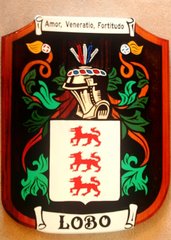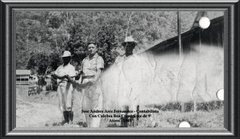
In the Costa Rican culture, the manger and nativity image, were historically the focal center of the household during Christmas time. Families would create magnificent and intricate adornments such as landscapes, lighting arrangements (candles prior to the 20th century), fruits and other miniatures. El Pasito (the manger image) would occupy a large part of the living room space and would come together in the first days of December and be in place until the Feast of the Epiphany (January 6th).
During this time families would visit one another; tamales,coffee and sweets breads would be served, and rosaries said in honor of the child Jesus. In most communities these were the most special events of the year. Until the modern era, probably up to the beginning of the First World War, Christmas eve was the epicenter of the season and Christmas day a holy day of obligation with families attending mass, as much of the population was Roman Catholic. Gifts were not exchanged until January 6th, as was the custom in Spain, emblematic of the gifts brought by the Wise Men to the child Jesus some time after his birth.
Today, the globalization of societies provides images of Santa (English and Norwegian), the Christmas Tree (German), and a host of other multicultural adaptations (we received gifts on January 6th by placing the largest shoe in the house (my grandfather's) outside our door - a tradition he brought back from Spain in the mid-1930's, and one which I keep alive with my family - this is a bonus to the "normal" gifts on the 25th - Lovely!).
Yet, El Pasito, continues to be the image that symbolizes the love we have towards one another, in whatever fashion of "family" we may experience. The birth of a child is the ongoing covenant that the human race has the potential to improve itself. El Pasito reminds us of this great hope!
In the final analysis, your attitude determines your effectiveness in everything, every time! LGL






No comments:
Post a Comment